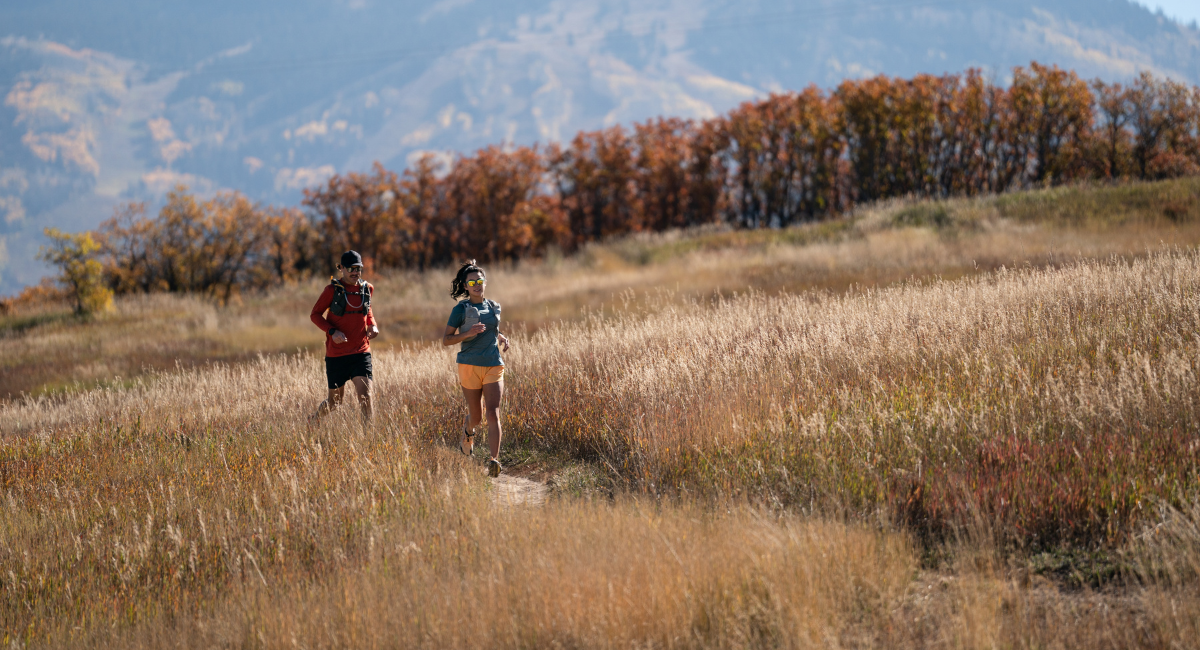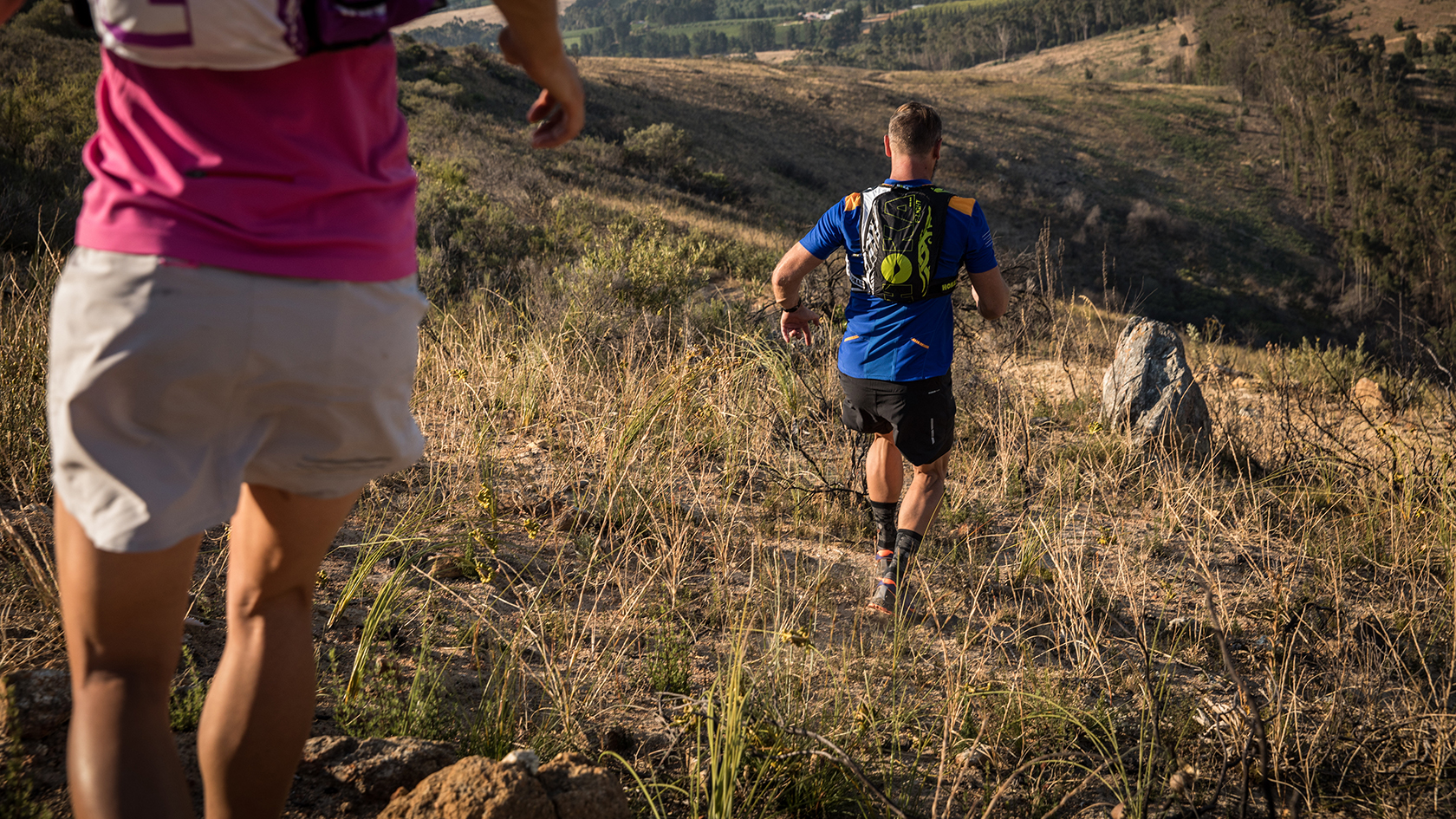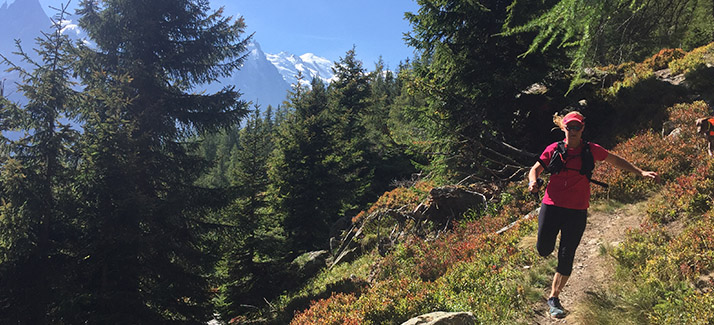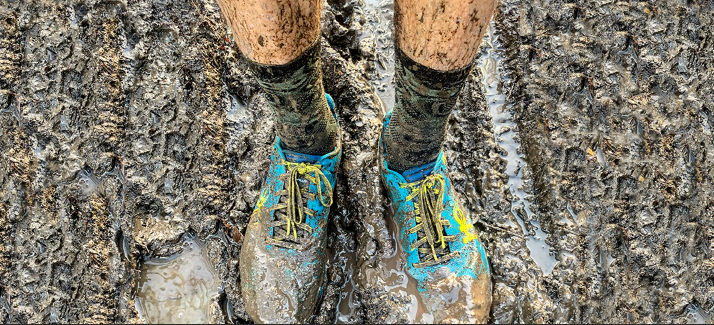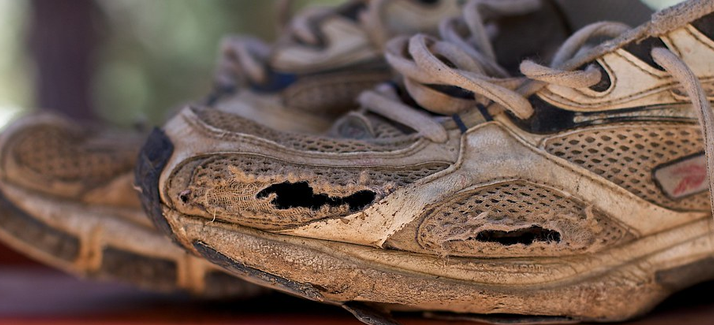Trail running has exploded in popularity, drawing runners off the tarmac and into the wild. But if you’re new to the trails—or even a seasoned road runner—you might wonder: do you really need trail running shoes? The answer is a resounding yes. Trail running shoes aren’t just a marketing gimmick; they’re purpose-built for the unique demands of off-road terrain, offering protection, grip, and comfort that standard road shoes simply can’t match
What Makes Trail Running Shoes Different?
Trail running shoes are engineered specifically for the unpredictable, varied, and often harsh conditions you’ll encounter off-road. Here’s how they stand apart:
- Aggressive Outsoles → Trail shoes feature deeper, more widely spaced lugs for superior grip on mud, rocks, and loose surfaces.
- Protective Features → Reinforced toe caps, rock plates, and durable uppers shield your feet from roots, stones, and debris.
- Stability → Wider bases, supportive midsoles, and secure heel cups help prevent ankle rolls on uneven ground.
- Weather Resistance → Many trail shoes offer water-resistant or waterproof materials to keep your feet dry, yet remain breathable for comfort.
- Fit and Comfort → Designed to accommodate foot splay and swelling, trail shoes often have a roomier toe box and more robust construction.
Why Not Just Use Road Running Shoes?
It’s tempting to hit the trails in your trusty road shoes, especially if they’re comfortable. But here’s why that’s a bad idea:
“Trail shoes are not road trainers with bigger lugs. Yes, they typically do have bigger lugs, but this is only part of it. Trail shoes have to be more robust than road shoes, for the impact of running on uneven ground vs the smooth (ok…not always) surface of a road.”
Road shoes are designed for predictable, flat surfaces. Their outsoles are smoother, their uppers are lighter, and they lack the protective features needed for technical terrain. On trails, you’ll encounter: loose gravel, mud, and wet grass, jagged rocks and hidden roots, steep ascents and descents, variable weather conditions. Without the right footwear, you risk slips, trips, and injuries—not to mention sore, blistered feet.
The Science of Traction: Lugs, Rubber, and Grip
One of the most frequently searched questions is: Why do trail running shoes have such aggressive soles?
The answer is simple: grip. Trail running shoes use deep, multidirectional lugs and sticky rubber compounds to bite into soft ground, shed mud, and cling to wet rocks. The type of lug pattern and depth you need depends on your local terrain:
| Terrain Type | Lug Depth | Recommended Features |
|---|---|---|
| Hard & Rocky | Small lugs | Grippy rubber, toe protection, flexibility |
| All-Terrain | Medium lugs | Multi-directional grip, shank midsole support |
| Soft & Muddy | Tall lugs | Wide spacing, reinforced cradle, mud shedding |
On hard-packed trails or rocky ground, a shallower lug and sticky rubber sole offer the best grip without being too harsh. For deep mud or loose surfaces, deeper lugs with wide spacing prevent mud clogging and provide stability
Why You Need Trail Running Shoes
Protection: Guarding Your Feet from the Trail
Trail running shoes are designed with your safety in mind, offering essential protection against the unpredictable challenges you’ll face off-road. Reinforced toe caps are a key feature, helping to shield your toes from painful stubs against rocks or roots, while robust uppers made from abrasion-resistant materials protect against scratches from branches and thorns. These elements work together to ensure your feet stay safe, even when the trail gets rough.
Many trail shoes also incorporate rock plates within the sole, which act as a barrier against sharp objects that could otherwise poke through and cause discomfort or injury. This added layer of defence means you can confidently tackle rocky or technical terrain without worrying about what’s underfoot. Altogether, these protective features let you focus on your run, knowing your feet are well-guarded from the trail’s hazards.
Comfort and Fit: Designed for the Wild
Comfort is crucial when it comes to trail running, as uneven and challenging terrain can quickly lead to discomfort if your shoes aren’t up to the task. Trail running shoes typically offer a roomier toe box, allowing your toes to spread naturally and accommodate any swelling that happens during long runs. This, combined with a secure heel fit, helps prevent blisters and keeps your foot stable inside the shoe.
The uppers are crafted from breathable yet supportive materials, ensuring your feet stay cool and comfortable even on tough ascents or descents. Well-cushioned midsoles absorb impact from hard or uneven surfaces, reducing fatigue and keeping you comfortable mile after mile. With the right fit, you’ll find trail running more enjoyable and less taxing on your feet.
Stability and Support: Preventing Injuries
Stability and support are vital for preventing injuries on the trail, where uneven surfaces and sudden changes in direction are common. Trail running shoes often feature a wider base, giving you a more stable platform for balance on rocky or sloped ground. Reinforced heel cups lock your foot in place, minimising unwanted movement and reducing the risk of ankle rolls.
Structured uppers and supportive midsoles provide lateral support, helping your feet stay aligned and steady even when the terrain gets tricky. These features work together to enhance your confidence and reduce the likelihood of common trail injuries, allowing you to focus on enjoying the run rather than worrying about your footing.
Waterproofing and Breathability
Trail running shoes come in both waterproof and breathable options, each designed to suit different conditions. Waterproof models use advanced membranes like Gore-Tex to keep your feet dry during wet, muddy, or rainy runs. This added protection is ideal for winter or unpredictable weather, ensuring your feet remain comfortable and warm.
On the other hand, breathable trail shoes prioritise ventilation, allowing sweat and water to escape easily. This makes them perfect for warm weather or situations where your shoes might get wet and need to dry quickly, such as after stream crossings. Choosing between waterproof and breathable options depends on your local climate and the types of trails you frequent.
Can I use trail running shoes for hiking?
Yes, trail running shoes are a great choice for hiking, particularly in the warmer months or on well-maintained trails. They’re lightweight, flexible, and provide excellent traction, making them ideal for summer day hikes or fast-and-light mountain adventures. However, for more technical terrain, heavy loads, or wintry conditions, hiking boots still offer superior support, stability, and weather protection. Trail running shoes are less suited to backpacking with a heavy pack or challenging scrambles, but for most casual hiking, they’re more than up to the task.
How do I clean muddy trail running shoes?
Cleaning muddy trail running shoes is simple and helps extend their lifespan. First, allow the mud to dry completely—this makes it easier to remove. Once dry, use a soft-bristled brush (like an old toothbrush) to knock off loose dirt and debris, focusing on the outsole and any crevices. For stubborn stains, dip a cloth in a mixture of one part white vinegar to one part water and gently blot the affected areas. Avoid using harsh chemicals or putting your shoes in the washing machine, as this can damage the materials. After cleaning, let your shoes air dry naturally, away from direct heat sources, to preserve their structure and performance.
What’s the difference between trail and fell running shoes?
Trail and fell running shoes are both designed for off-road use, but they differ in key ways. Fell running shoes are typically lighter, closer fitting, and have more aggressive, deeper lugs for maximum grip on steep, muddy, or boggy terrain. They prioritise agility and traction, especially for the unpredictable, often wet conditions found in fell running. Trail running shoes, in contrast, offer a balance of grip, protection, and comfort, making them suitable for a wider range of off-road surfaces. If your runs involve a lot of steep climbs, descents, and mud, fell shoes are ideal; for mixed terrain and longer distances, trail running shoes are more versatile.
Why Drop Matters in Trail Running Shoes
The drop of a shoe is the difference in height between the heel and the forefoot, typically measured in millimetres. Trail shoes generally have a lower drop than road shoes, often ranging from 0mm (zero-drop) up to around 10mm, though there are exceptions in both directions. This design influences how your foot strikes the ground and how your body absorbs impact.
A lower drop encourages a more natural, midfoot or forefoot strike, which can improve balance and stability on uneven terrain—crucial for trail running. It also helps increase proprioceptive feedback, allowing your body to better adapt to changing surfaces and obstacles commonly found off-road. Many runners find that a lower drop enhances muscle engagement and gives a more stable platform for technical trails.
However, the ideal drop is personal. A higher drop (over 7mm) may be better for runners who land heel-first, have Achilles tendon issues, or prefer more cushioning under the heel. Lower-drop shoes place more load on the ankle and calf, while higher-drop shoes shift more impact to the knees and hips. If you’re new to trail running, comfort and injury history should guide your choice. Trying on different drop levels in-store can help you discover what feels best for your foot and running style.
As with road shoes, go into a shop and try some on. See what feels best and most comfortable for you, and perhaps worry less about the colour…they will all be brown with mud after a few gos anyway.
Happy trails everyone!
FAQs
Yes, even on light trails, trail shoes offer better grip, protection, and stability than road shoes. You’ll notice the difference in confidence and comfort.
You can, but it’s not ideal for long distances. The aggressive lugs will wear down quickly on tarmac, and the stiffer construction may feel less comfortable.
Waterproof shoes keep water out but may trap moisture if water gets in from above. Breathable shoes let water escape but don’t keep it out. Choose based on your local weather and running conditions.
They should fit snugly at the heel, have a secure midfoot, and allow room in the toe box for foot splay and swelling. Try them on with your trail running socks.
Typically, trail shoes last 300–500 miles, depending on terrain and usage. Inspect the outsole and cushioning regularly for wear.
Choose technical, moisture-wicking socks with cushioning and a good fit. Avoid cotton, which retains moisture and can cause blisters.
Some runners go up half a size to accommodate foot swelling and thicker socks, especially for long runs or ultras.
Related Articles


